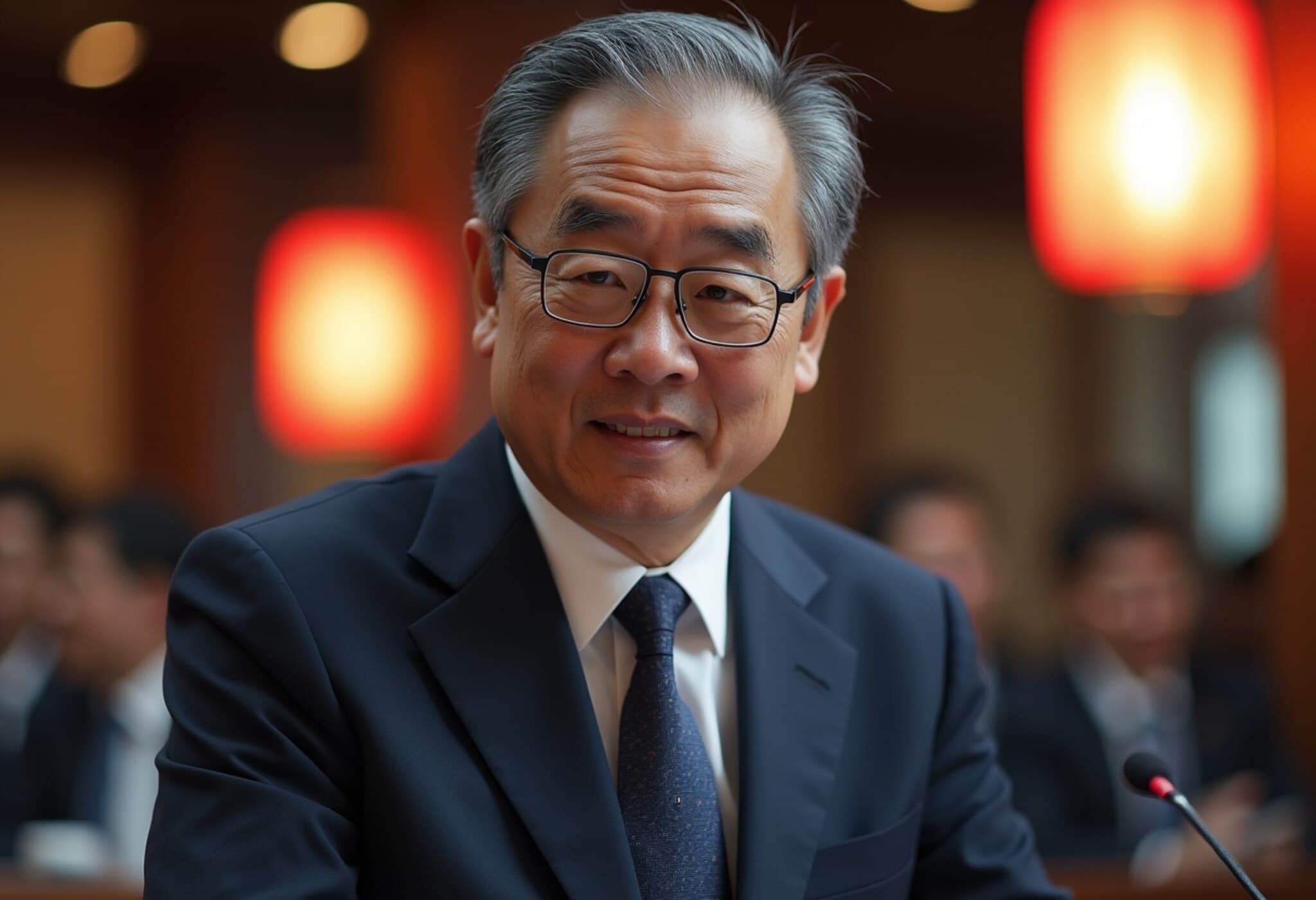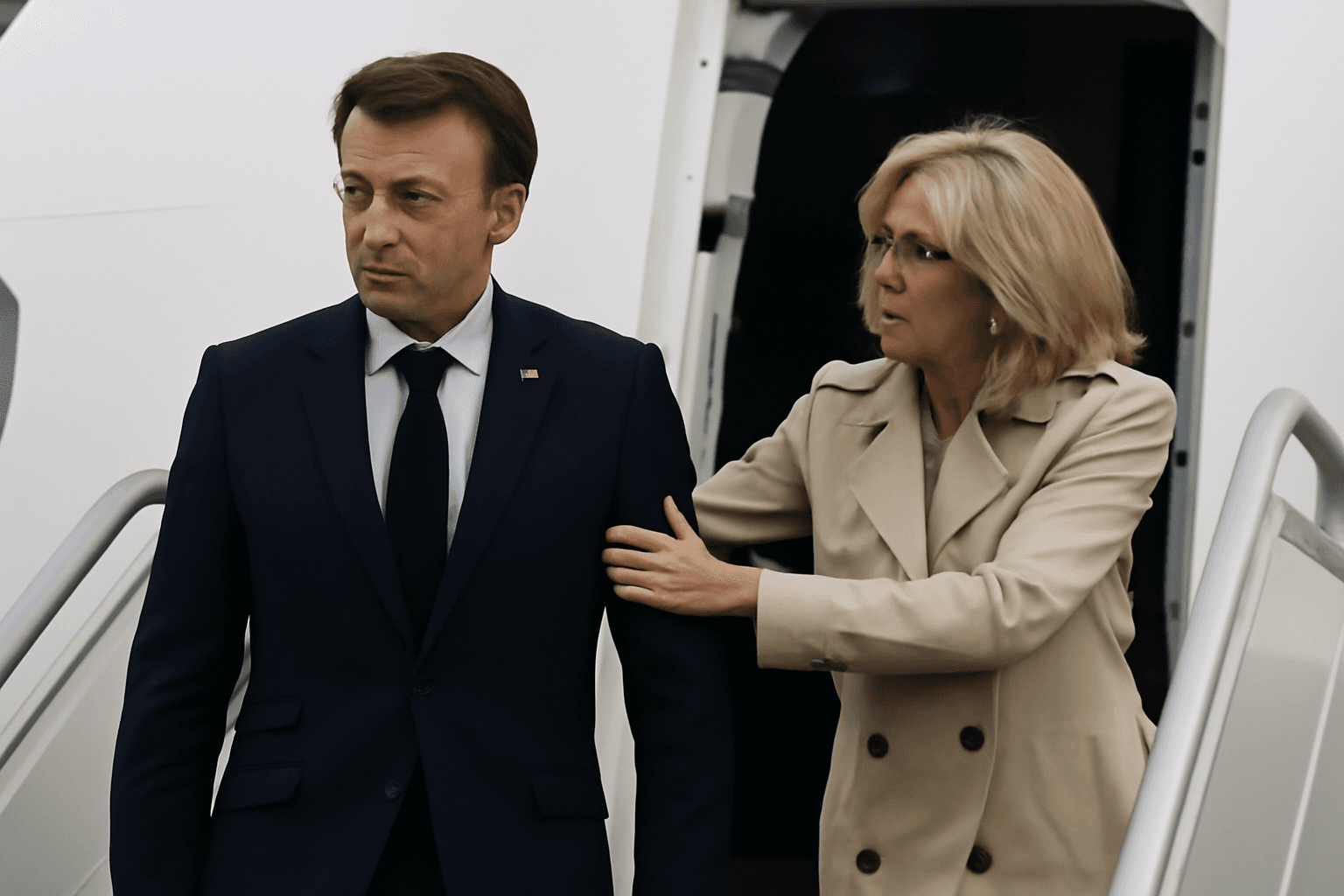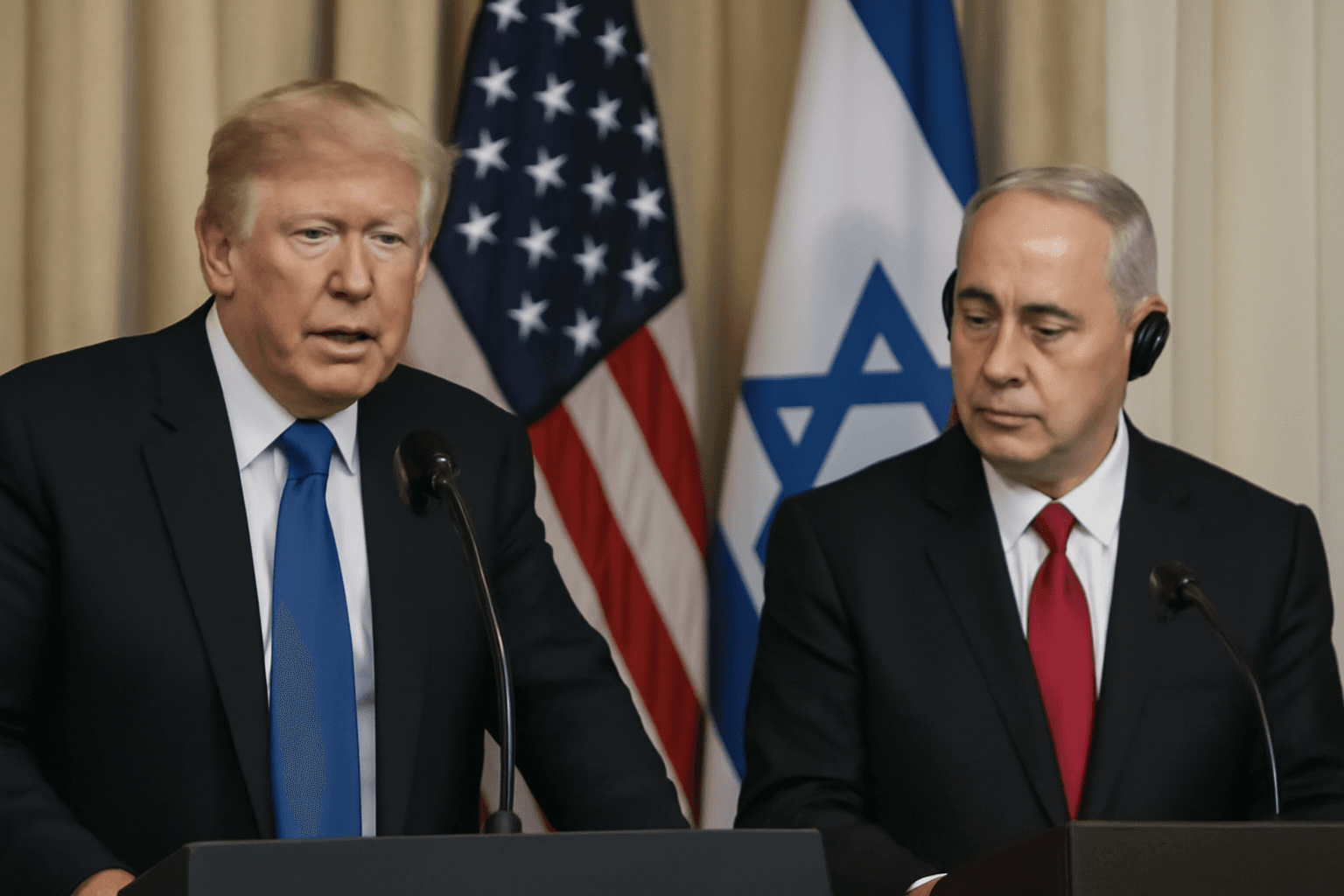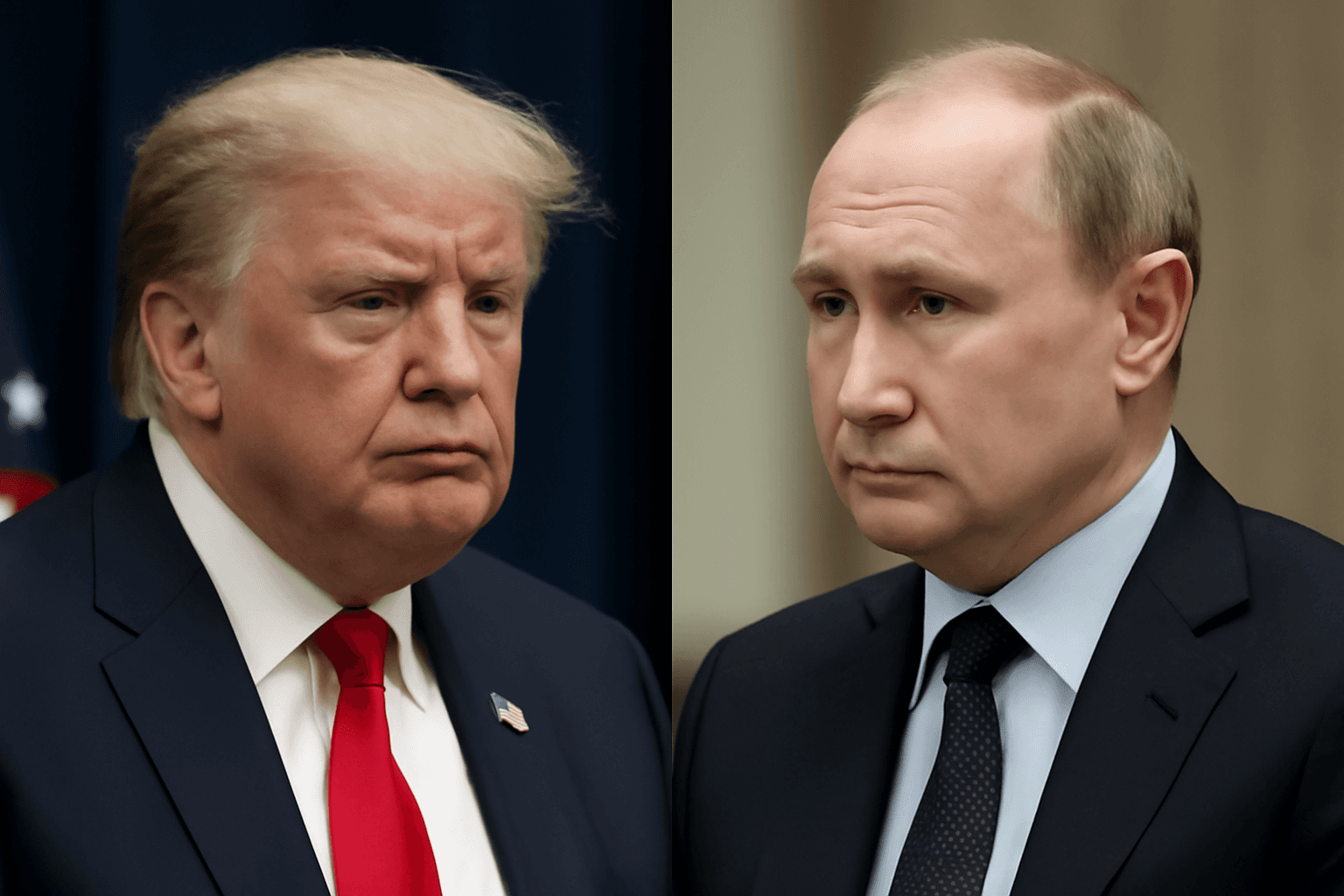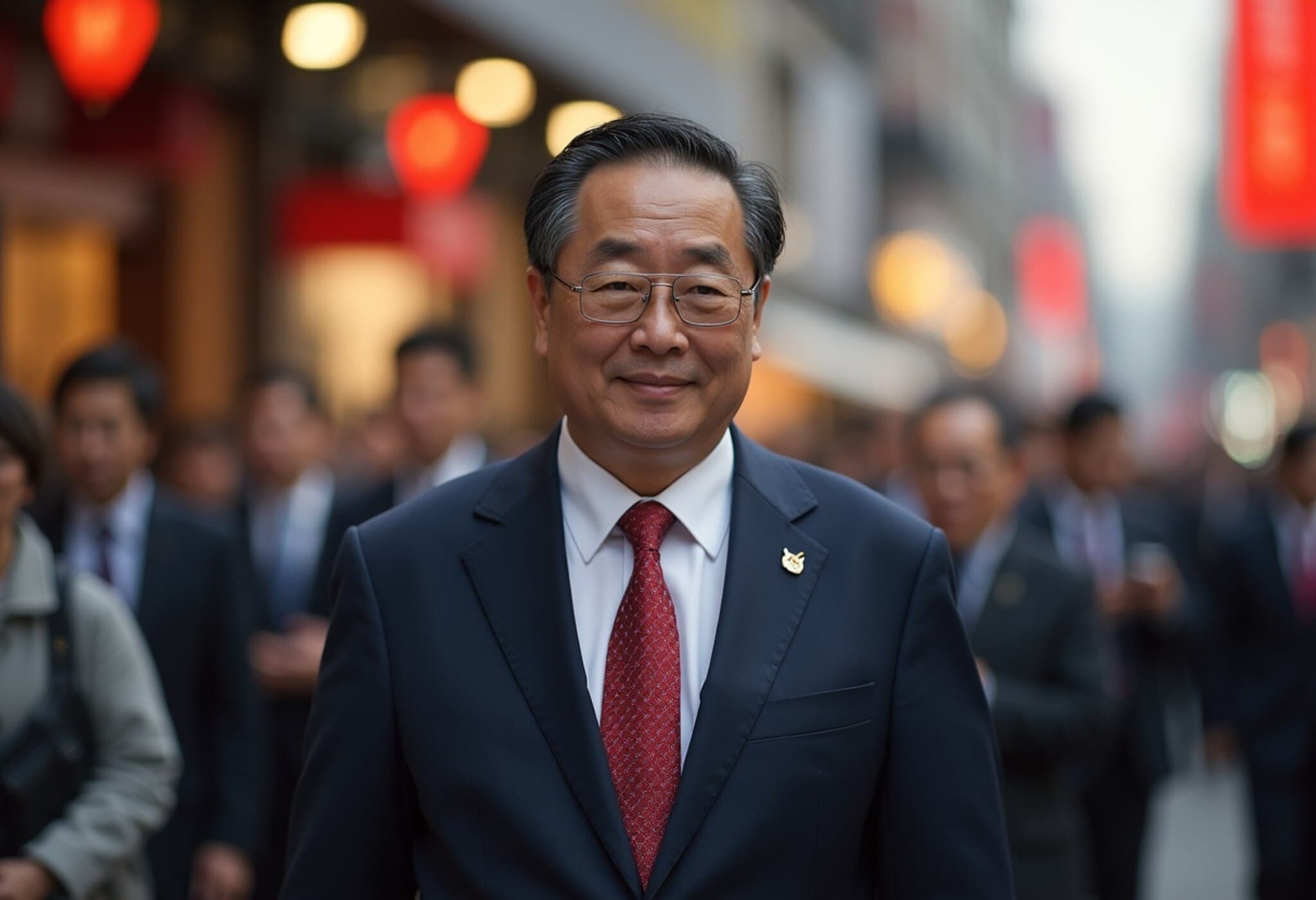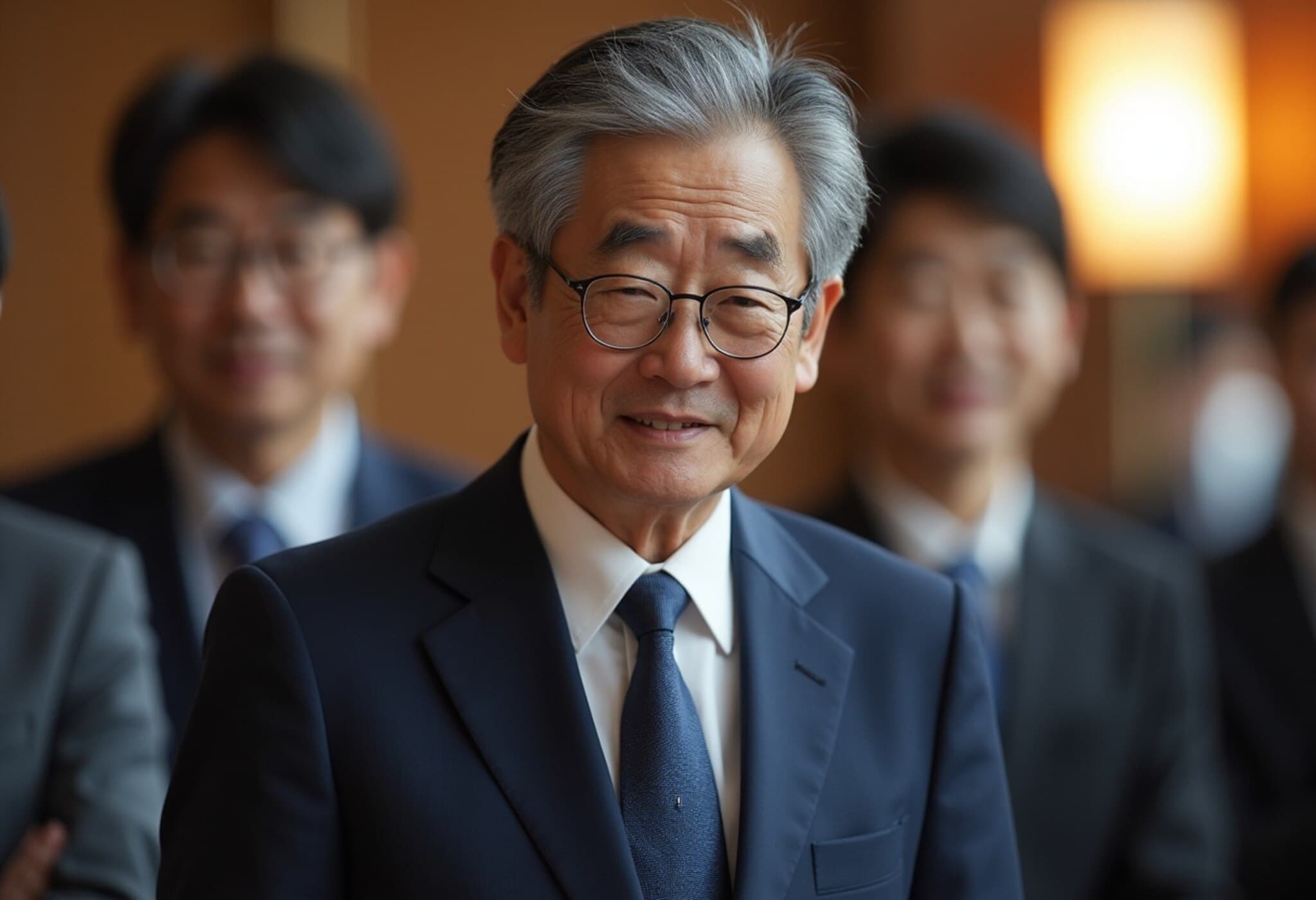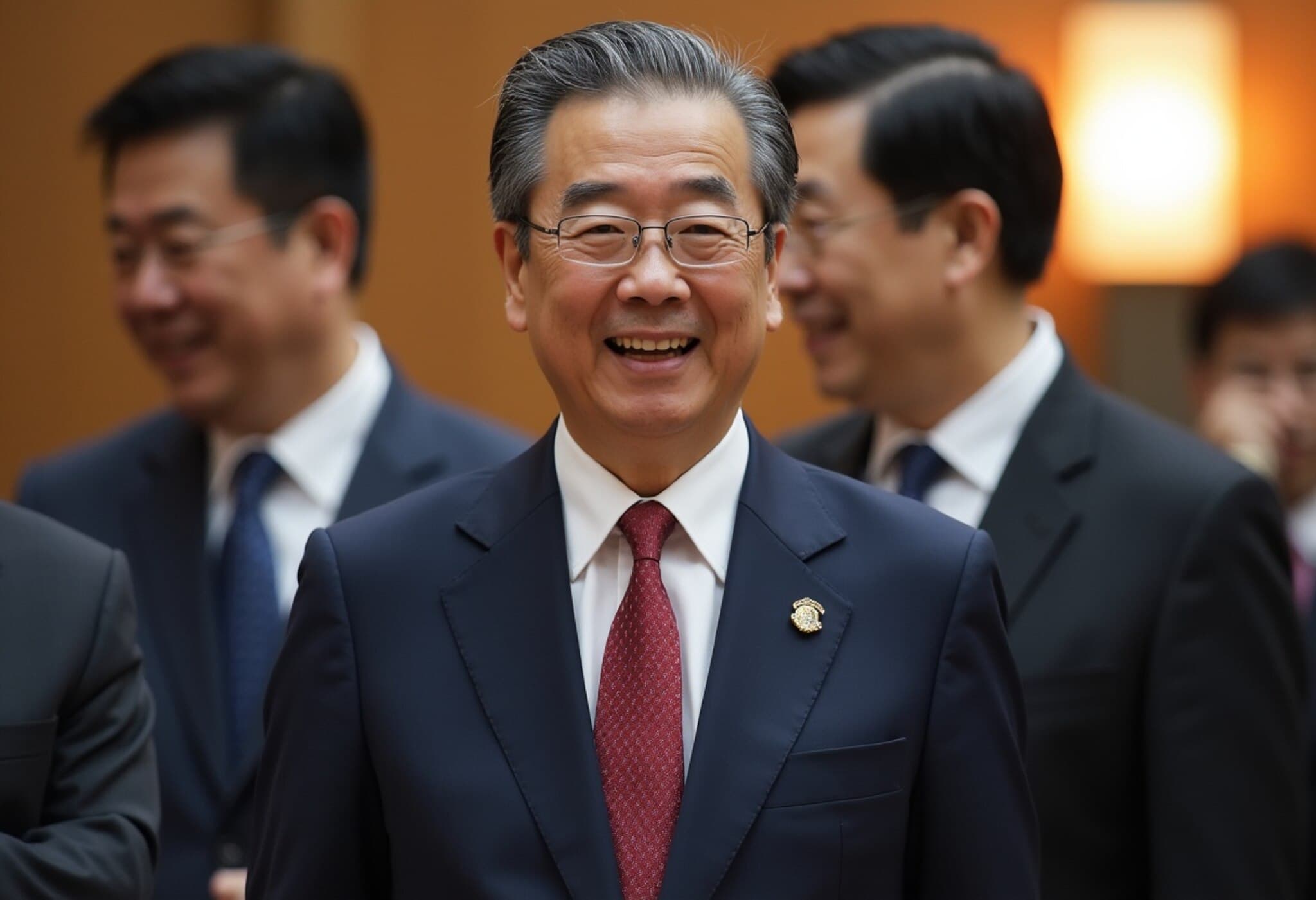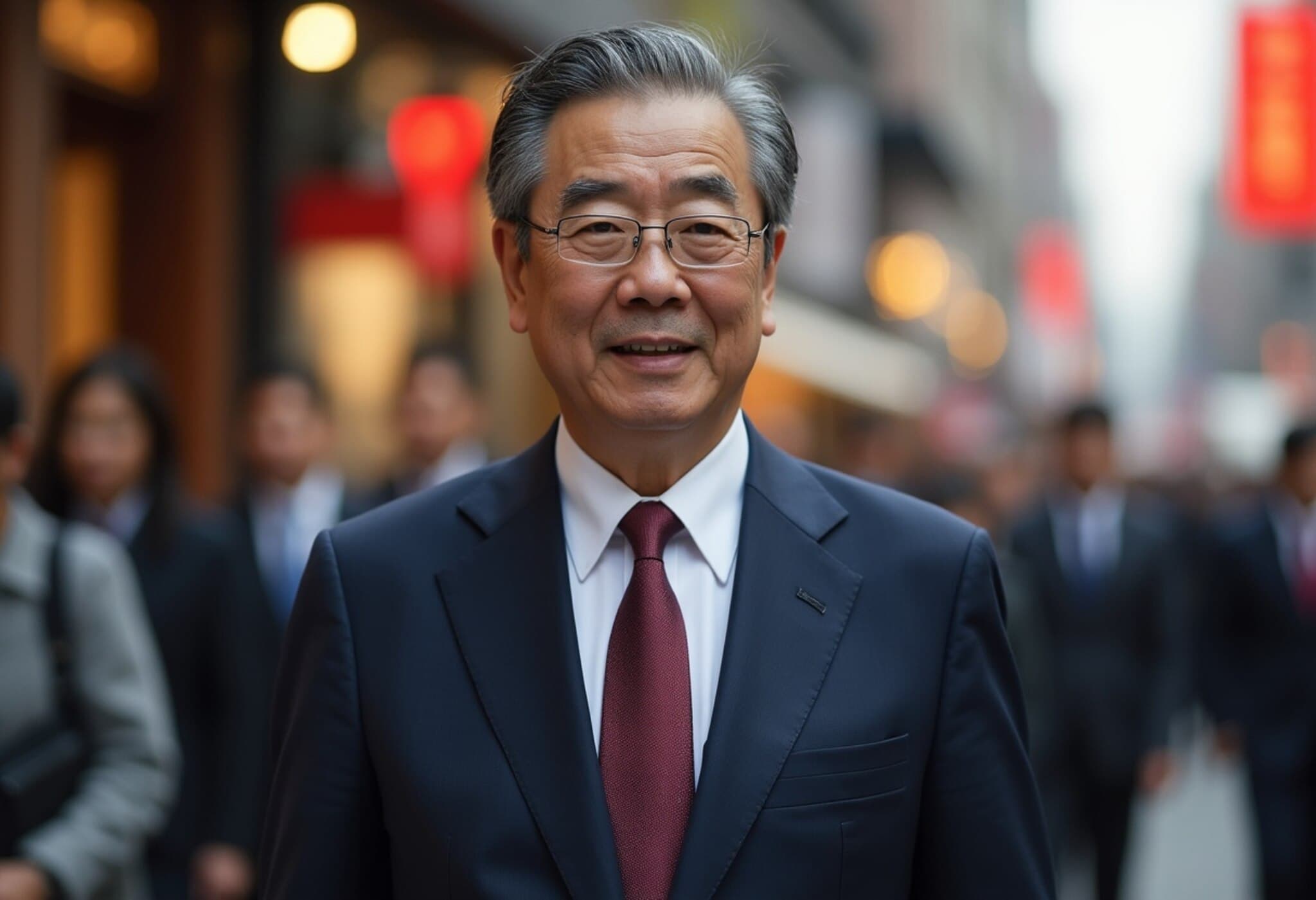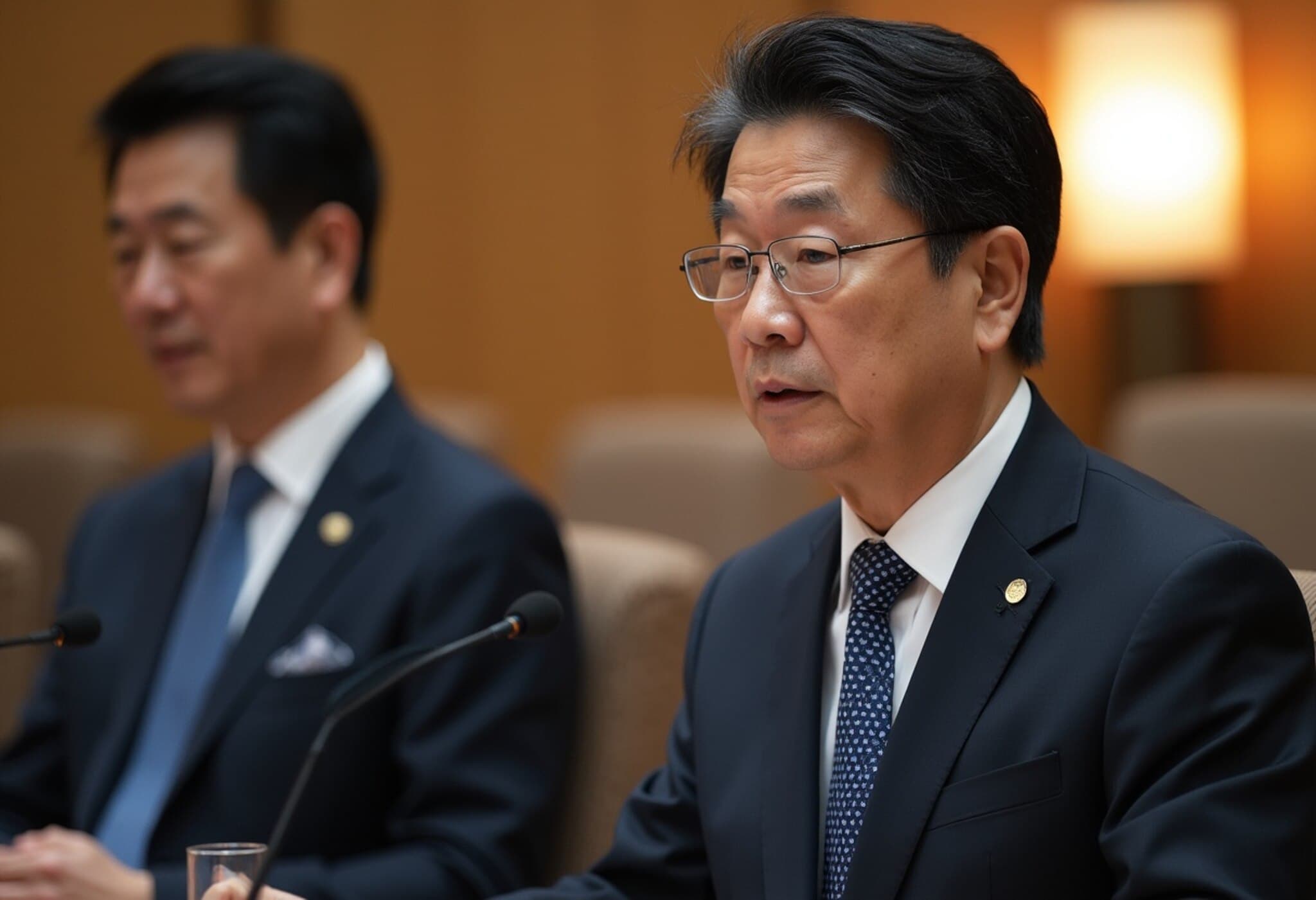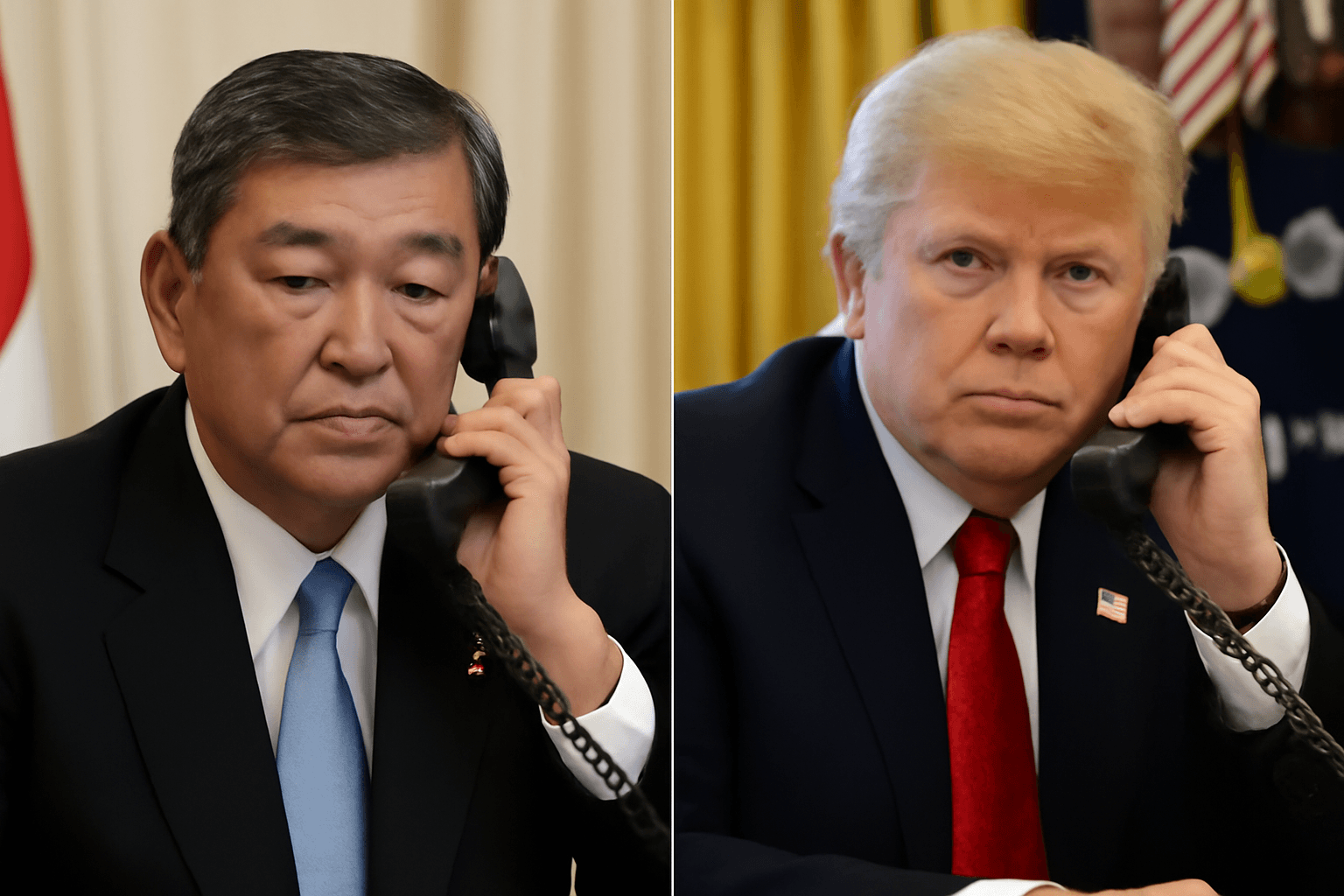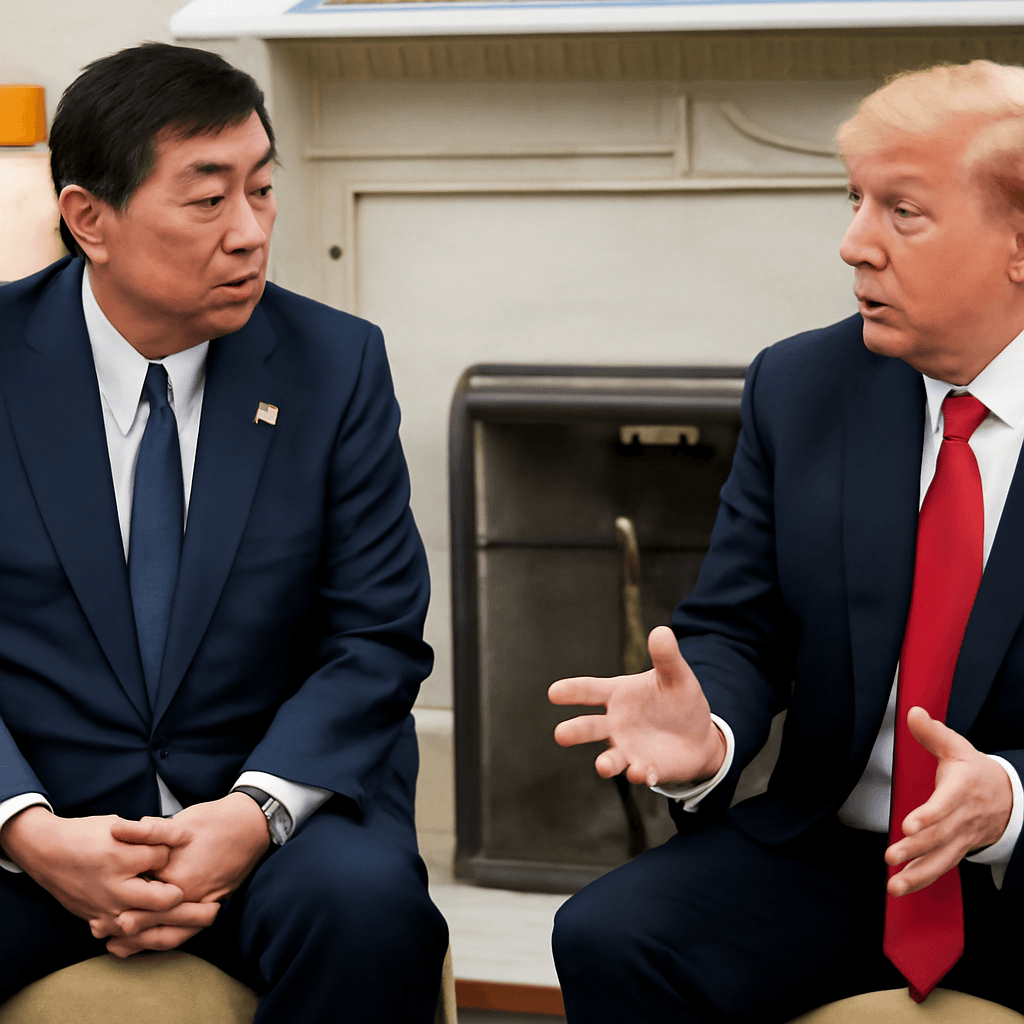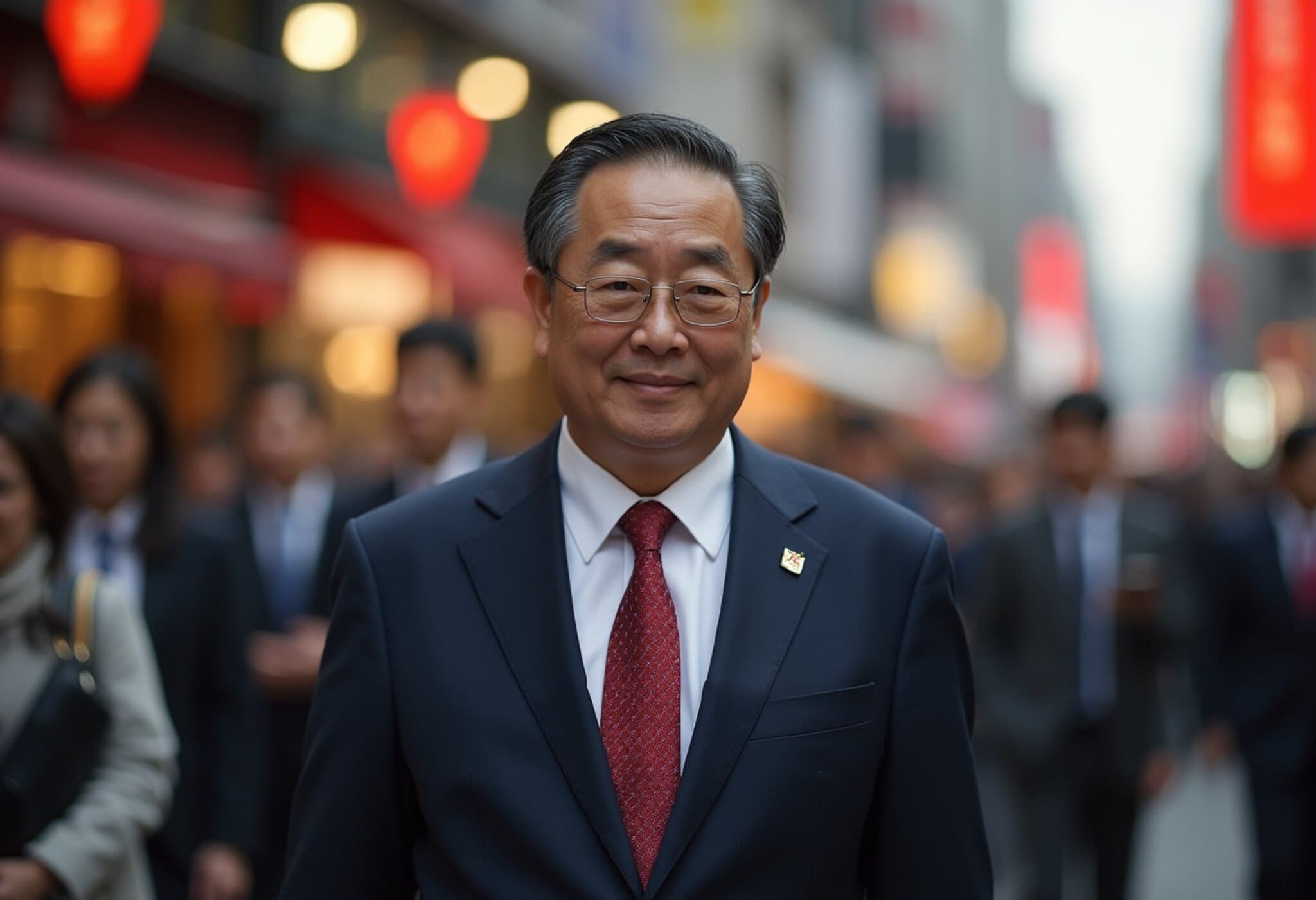Japanese Prime Minister Ishiba Commits to Staying in Office Amid Political Turmoil
Japanese Prime Minister Shigeru Ishiba has pledged to maintain his position despite his Liberal Democratic Party’s (LDP) substantial defeat in the recent upper house elections. This rare setback has shattered the ruling coalition’s majority, raising critical questions about Japan’s political trajectory and stability.
Election Defeat Undermines Ruling Coalition
On Sunday, the LDP and its junior coalition partner, Komeito, lost their majority in Japan’s 248-member upper house—the smaller chamber of the National Diet. This outcome follows the coalition's loss of power in the lower house last fall, leaving Prime Minister Ishiba's government without control over either parliamentary chamber—a precarious situation that jeopardizes legislative progress and governance.
Political Pressure Mounts for Leadership Change
Despite Ishiba’s measured and business-as-usual stance, the electoral results have intensified calls from within the party and opposition urging his resignation. Senior LDP figures, including former Prime Ministers Taro Aso, Fumio Kishida, and Yoshihide Suga, met with Ishiba at party headquarters. The discussions focused not on leadership shifts but on voter dissatisfaction, election outcomes, and the importance of maintaining party unity amidst growing unrest.
Nevertheless, a faction of younger LDP lawmakers, spearheaded by Yasutaka Nakasone, has initiated a petition demanding Ishiba step down promptly to pave the way for party renewal. The sentiment among these legislators is clear: the election loss reflects a sharp ultimatum issued by Japan’s electorate.
Ishiba’s Focus on Crucial US-Japan Trade Agreement
In the face of political upheaval, Ishiba emphasizes his commitment to steering a new tariff pact with the United States, which promises to reshape bilateral trade relations. The recently detailed agreement involves reducing tariffs on more than 4,000 Japanese exports to the US—including vehicles—from 25% down to 15%. This negotiation is vital for Japanese industries hoping to recover amid global economic uncertainties and inflation pressures.
Contrary to widespread speculation, Ishiba has denied reports that he plans to resign imminently, insisting instead that his leadership remains essential during this critical policy phase.
Potential Leadership Contenders and the Opposition Landscape
Meanwhile, Japanese media outlets have spotlighted several possible successors within the LDP ranks, including ultraconservative former Economic Security Minister Sanae Takaichi, former minister Takayuki Kobayashi, and Agriculture Minister Shinjiro Koizumi, son of the former popular Prime Minister Junichiro Koizumi. Each represents varying shades of the conservative spectrum, promising different approaches to Japan’s evolving political challenges.
Meanwhile, the opposition is gaining momentum. The rapidly emerging Democratic Party for the People (DPP), led by Yuichiro Tamaki, and the right-wing populist Sanseito party have attracted younger voters frustrated by rising living costs and a government perceived as overly focused on older constituents. Though no formal alliances have been forged with the ruling coalition, opposition parties have signaled willingness for policy-level cooperation, potentially reshaping Japan’s legislative dynamics.
Voices from the Public: Mixed Reactions to Ishiba’s Future
- Kentaro Nakamura, 53, contends, “The election result was a clear message — it’s time for Ishiba to step down due to his inconsistent leadership.”
- Isamu Kawana, in his 70s and Tokyo resident, expresses empathy: “If not Ishiba, someone else would have faced the same difficult circumstances given Japan’s political climate.”
Expert Insight: Navigating Japanese Political Instability
Japan’s political instability reveals broader structural challenges. Losing control in both national Diet chambers restricts the governing coalition’s ability to enact policies addressing rapid economic changes, demographic stresses, and geopolitical pressures, especially in the Indo-Pacific region. Ishiba’s insistence on staying highlights the tension between political accountability and pragmatic governance during a fragile era.
Experts observe that ongoing tariff negotiations with the US are integral not only to economic recovery but also to Japan’s strategic positioning amid US-China tensions. How this interplay influences Japan’s domestic politics will be key to watch in 2025.
Looking Ahead: Japan’s Political Crossroads
Ishiba’s stance and the internal party dynamics underscore a turning point for the LDP, once dominant but now challenged by voter disillusionment and rising political fragmentation. The upcoming weeks are critical as Japan balances leadership renewal with economic imperatives and an electorate eager for effective solutions rather than prolonged uncertainty.
Editor’s Note
Prime Minister Shigeru Ishiba’s resolve to remain at the helm amid electoral defeat raises important questions about Japan’s governance model. Will continuity in leadership stabilize Japan’s economic reforms and geopolitical strategy, or will fresh voices be needed to reconnect with a changing electorate? This moment tests Japan’s democratic resilience and its path forward in an increasingly complex global landscape.

